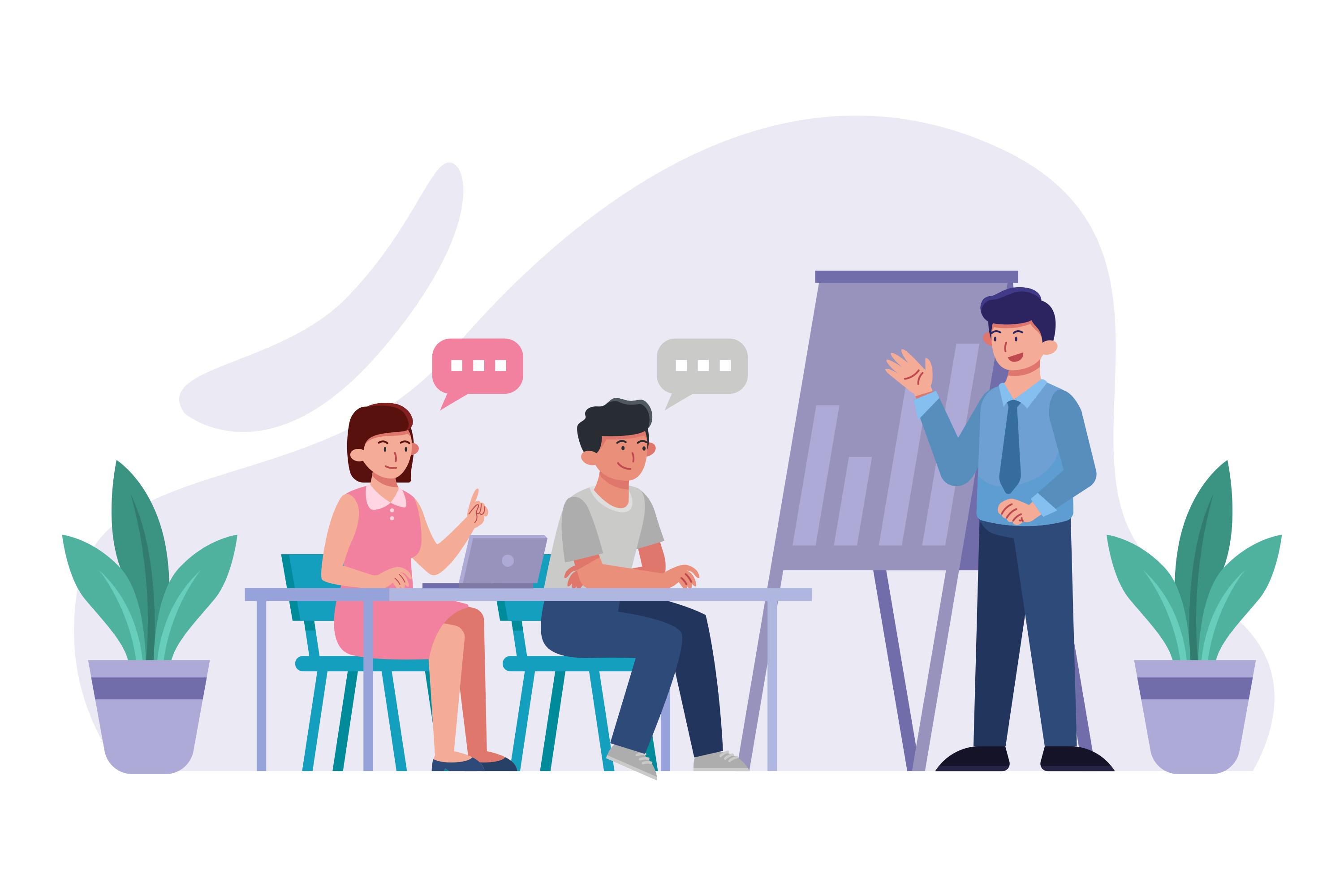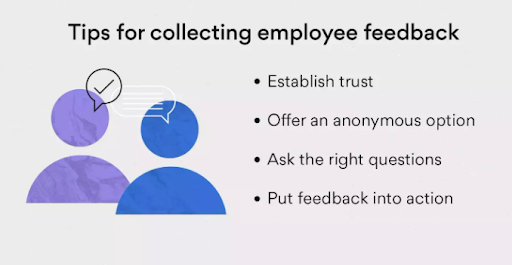It’s common for companies to search for external hires and overlook the talent that’s already within their organizations.
Unfortunately, this can lead to missed opportunities and bruised employee morale.
Internal employees bring valuable institutional knowledge, an understanding of company culture, and a sense of loyalty.
By promoting internal growth and providing advancement opportunities, you can retain top talent, boost company morale, and save on recruitment and onboarding costs.
Promoting from within also sends a powerful message to the entire workforce that their hard work and dedication can lead to advancement, fostering a culture of loyalty and continuous growth.
Let’s take a closer look at the power of promoting internal talent. We’ll discuss internal talent mobility and share five simple strategies you can use to nurture and promote your employees.
What is Internal Talent Mobility?
Internal talent mobility refers to the movement and progression of employees within an organization.
According to a recent survey of almost 3,000 members of the C-suite, internal talent mobility is their second-highest priority (after “keeping employees motivated and engaged”).
When implementing an internal mobility program, companies provide opportunities for employees to grow and advance their careers without having to leave the company.
This offers several benefits, including:
- Makes roles more attractive to new candidates - the top two priorities for young job-seeking professionals center around career growth opportunities.
- Increased employee retention - Employees who moved internally had a 75% likelihood of working for that employer two years later (compared to 56% for employees who didn’t change roles internally).
- Cost-effectiveness - internal hires cost 20% less than hiring externally
By promoting internal opportunities, you can empower talented employees to develop new skill sets, take on new challenges, and contribute to your company's success.
This not only helps shape a positive company culture — but also drives long-term business growth by leveraging the expertise and potential that already exists within the organization.
With that said, let’s review five strategies you can implement to unlock the power of internal talent promotion.
1. Identify potential leaders as early as possible
To spot talent and leadership potential as soon as possible, invest in quality data tools.
You can also spot leadership characteristics and high performance by encouraging employees to share data stories during team meetings. Data stories are narratives that use analytics to convey insights, explain outcomes, or persuade actions.
These stories can help internal employees showcase their achievements, demonstrate their value, and inspire company improvements.
For example, an employee who completed a complex product design project could use data storytelling to highlight their challenges, the solutions they implemented, and the results they achieved. This can help them stand out as potential internal candidates for leadership roles and other relevant promotions.
It’s also important to meet with current employees you think have growth potential to create personal development plans. By doing so, you can help foster a habit of continuous learning and help top talent gain specialty skills to improve their careers.
2. Create a clear and transparent promotion policy
To inspire employee retention, internal team members need to know the exact processes your company uses to promote within. In the US, 39% of employees name “potential for future growth” as the top factor in job satisfaction - so don’t overlook it.
For instance, you might have a three-month probationary period for new hires, a one-year mentorship experience for employees who pass the probationary period, and a year dedicated to career planning. This means top-talent employees can qualify for internal hiring opportunities after two years and three months of being at your company.
To develop and communicate career paths, go over options with employees during onboarding and training. Consider matching them up with specific HR personnel or mentors to discuss career path options that align with their specific individual goals and your business needs.
And speaking of ongoing training …
3. Invest in ongoing employee training and development programs
Investing in ongoing employee training and development programs is pivotal to helping internal employees acquire new knowledge and skills.
Use professional development opportunities, such as workshops, online courses, and in-house training, to expand employees' expertise and keep them up-to-date with the latest advancements in their field. Most employees prefer to train at work.

Continuous learning not only inspires employee growth but also boosts job satisfaction by equipping internal candidates with the resources and support they need to thrive in their careers.
PS: Keep your employees focused and on track toward success with our productivity app and focus timer!
4. Foster a company culture of recognition and reward
Recognition plays a crucial role in talent promotion. In fact, 47% of employees feel that growth opportunities are the best way to reward achievements.
When employees are recognized for their hard work, achievements, and contributions, it improves morale and keeps them motivated to improve their skills.
You can implement recognition and rewards through various methods, such as:
- Verbal appreciation, i.e., “Great work on that report, Jill!”
- Public recognition, for instance, “I’d like to shine the spotlight on Matt’s approach to content management"
- Tangible rewards like bonuses or special privileges
Making recognition a part of the company culture requires clear communication of expectations, consistent acknowledgment of employee performance, and a system that allows everyone to participate and celebrate achievements.
By prioritizing recognition and rewards, you can build a positive and encouraging work environment that fuels employee growth and fosters a sense of loyalty and dedication.
5. Establish regular reviews and feedback loops
Regular performance reviews are vital to fostering employee growth and driving overall business success.
With these reviews in place, you’ll get a structured opportunity to assess employee performance, provide feedback, and set goals for improvement.
Use constructive feedback loops and growth-oriented appraisals to make sure these reviews are positive and effective.

For instance, consider implementing quarterly check-ins, six-month check-ins, and annual check-ins. Keep a goal-tracking checklist or performance metrics guide in hand to show internal candidates where they’re excelling and what growth areas they should take advantage of.
By offering specific, actionable feedback, employees can understand how to improve and actively work toward their professional development.
Consider using additional monitoring and support, such as performance-tracking software and official mentorship programs to further boost employee growth potential and ensure team members have all of the resources they need to succeed.
You can also send out regular employee feedback forms to give team members the chance to share their needs or concerns. Listening to your employees is just as important as providing them with feedback. Employees who don’t feel like their employers hear them are more likely to leave their jobs - 41% of employees have done precisely that at some point in their careers.
By aligning performance reviews with overall business goals, you can prioritize individual development in a way that contributes to the company's strategic objectives and fosters a culture of continuous improvement. A win-win approach.
Key Takeaways
Your employees are the glue that holds your company together. By working diligently to mentor them and give them the resources they need to succeed, you can bolster their careers and set your company up for success, too.
For good measure, here’s a quick recap of the strategies we shared today:
- Identify potential leaders as early as possible
- Create a clear and transparent promotion policy
- Invest in ongoing employee training and development programs
- Foster a company culture of recognition and reward
- Establish regular reviews and feedback loops
Now, it’s your turn.
Print and share this guide with your HR team and discuss your next move. You can also set up meetings with your team members to see what they think about your current career development processes so you can work together to improve them.
Here’s to your (and your employees’) success!
PS: Need a way to keep your employees focused and on track toward success? You’ll love our productivity app and focus timer! Create your free account today.☑️
About the author:
Jeremy is co-founder & CEO at uSERP, a digital PR and SEO agency working with brands like Monday, ActiveCampaign, Hotjar, and more. He also buys and builds SaaS companies like Wordable.io and writes for publications like Entrepreneur and Search Engine Journal.
What would you like to know, and what would be the best way to share this information with you? What are the best tips & tricks, what workaround do you use? We'd really appreciate your insight on these ones to make our integrations better, more productive, and much more efficient. Comments, tweets are always welcome.